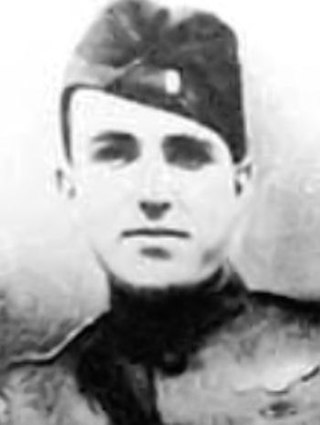
Lieutenant Remington D. B. Vernam was an American pilot who had enlisted in the French air service during World War I, and was transferred to the United States Army Air Service after American entry into the war.

Major David McKelvey Peterson was a 1915 Lehigh University graduate who became a World War I flying ace. He achieved six aerial victories, one of which was earned in the Lafayette Escadrille; five were officially credited during his tenure with the United States Army Air Service.
Paul Billik was a German World War I fighter ace credited with 31 victories. He was killed in a flying accident while pioneering civil aviation.
William Terry Badham was a World War I fighter ace credited with five victories. He was one of four Americans to earn the title of "Ace" as an observer/gunner during World War I.
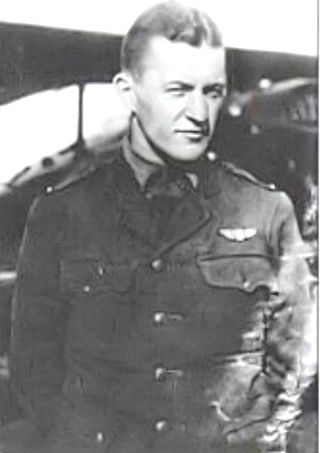
Captain Harold Robert Buckley was a World War I flying ace credited with five aerial victories.

Brigadier General Everett Richard Cook was a World War I flying ace credited with five aerial victories. During World War II, Cook became Deputy Chief of Staff for the U. S. 8th Air Force, headquartered in London, under the command of General Carl "Toohey" Spaatz.

First Lieutenant Charles Rudolph d'Olive was a World War I flying ace, credited with five aerial victories. He was the last World War I aviator to be declared an ace, in 1963.

Arthur Edmund Easterbrook was an American aviator who started his career as a World War I flying ace credited with five aerial victories. During World War II, he held several important positions in the U. S. Army Air Corps.

Lieutenant George Willard Furlow (1893–1959) was a World War I flying ace credited with five aerial victories.

Lieutenant James Knowles Jr. (1896–1971) was a World War I flying ace credited with five aerial victories. He was one of the final aces in the war.
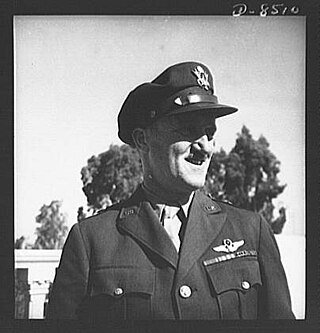
Major Victor Herbert Strahm began his career as a World War I flying ace credited with five aerial victories. In his 36-year career, he served as a chief test pilot for the United States Army Air Forces while en route to higher command.

Lieutenant William Dolley Tipton began his military career as a World War I Sopwith Camel pilot. The U.S. Air Force officially credits him with four aerial victories during the war, although other sources claim he had five, and thus was a flying ace. He was one of the founding officers of what would become the Maryland Air National Guard. As a member of the Maryland National Guard, he was mobilized during World War II. He rose to the rank of colonel during the war. He died on December 12, 1945, in an aircraft accident. Tipton Airport in Anne Arundel County, Maryland, is named in his honor.
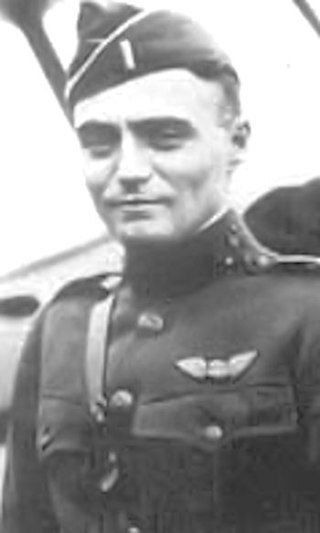
Lieutenant Jesse Orin Creech was a World War I flying ace credited with seven aerial victories. He shot down the final victory of the war for his squadron.

Lieutenant Wilbert Wallace White was an American World War I flying ace credited with eight aerial victories. He was recommended for the Medal of Honor for his heroic self-sacrifice.

Lieutenant Clinton Leonard Jones, Jr. was an American World War I flying ace credited with eight aerial victories.
Lieutenant Eugene Seeley Coler (1896-1953) was an American World War I flying ace who served in the British Royal Flying Corps and Royal Air Force. He was credited with 16 aerial victories.
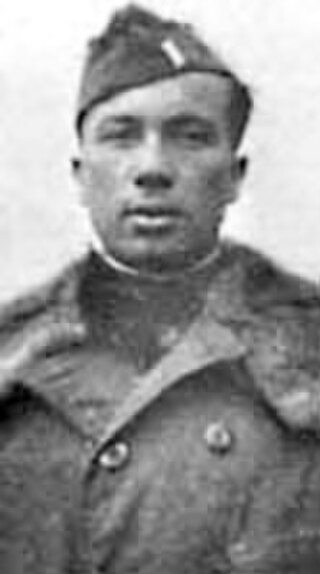
Lieutenant William Portwood Erwin was an American World War I flying ace credited with eight aerial victories. On 19 August 1927, he disappeared during the Dole Air Race from Oakland, California to Hawaii.
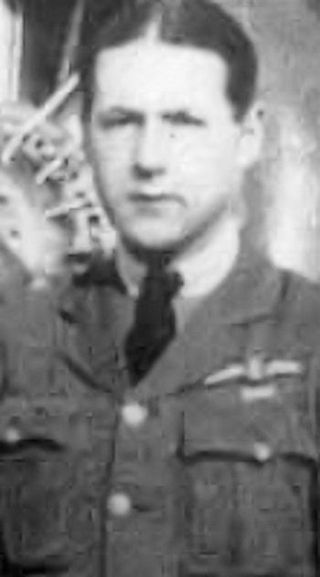
Lieutenant Kenneth Russell Unger was an American World War I flying ace credited with fourteen aerial victories. His candidacy rejected by his own nation, Unger applied to the British Royal Flying Corps for military pilot training in June 1917. Once trained, he was assigned to the Royal Naval Air Service (RNAS). As the RNAS was merged into the Royal Air Force, Unger scored his aerial victories between 26 June and 1 November 1918. In later life, Unger remained involved in aviation and served again during World War II. He also joined the U.S. Navy Reserves, rising to the rank of rear admiral.
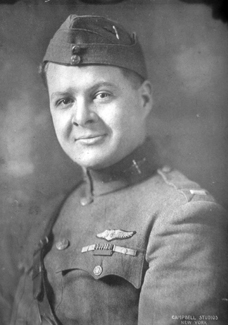
Paul Frank Baer was an American fighter pilot for the United States Army Air Service in World War I. He was credited with nine confirmed victories and seven unconfirmed victory claims, making him the first flying ace in American military aviation history.

Captain Thomas Gantz Cassady (1896-1972) was an American fighter pilot who served in two World Wars, and was successful in business during peacetime.

















